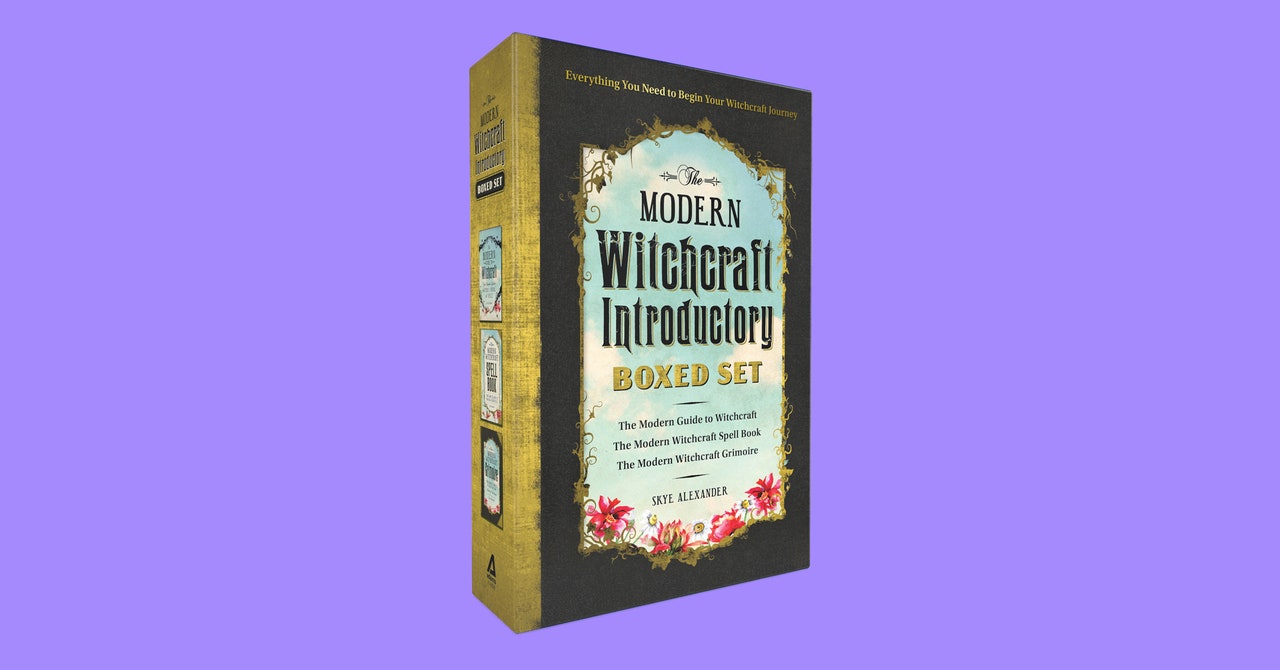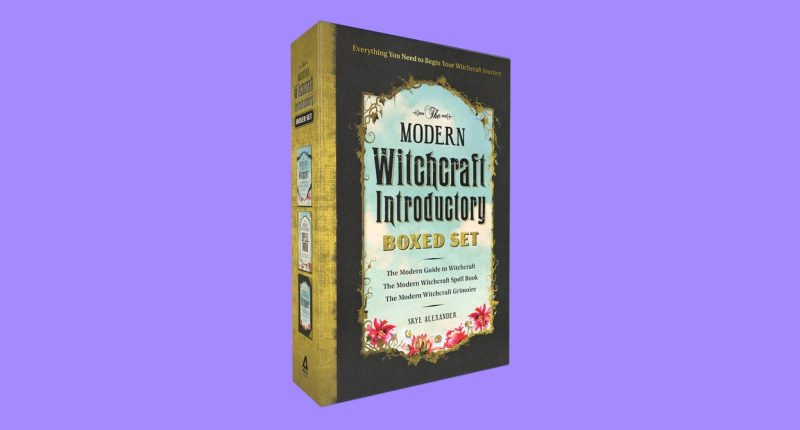

Each book can stand on its own, but that means there’s an overlap on some topics. For example, every book talks about casting a circle while explaining how different moon phases are good for different spells and rituals. Some even include the same spells. This can be a little frustrating at times, but for the most part, Alexander changes it up enough to keep it from feeling monotonous. I like to think of them as textbooks for a class I’m grading myself on. Sometimes it was nice to have a refresher, and other times I skipped sections I didn’t find necessary to revisit.
I’ve tried several times to find my path in witchcraft and manifestation, but every time, I dove in too hard and lost steam—it’s like starting a new hobby, spending all your money buying every accessory, and then dropping it a few weeks later. These books, through their simple explanations, gave me the guidance I needed.
A Witch in All of Us
Witchcraft can be intimidating and overwhelming for newcomers, and no book should be taken as gospel. You don’t need books, fancy bowls, or bay leaves to write your desires on. You don’t need altars and hundreds of dollars worth of crystals. Use what you have or what feels right to you.
OK, you might be looking at me as though I have three heads. As a kid, it was immensely fun imagining my fingers as a wand and hoping for things to appear out of nowhere with a swish and a flick. But as an adult, this world is about empowerment. I’ve identified it as a way of taking back control as a woman. The history of witches is intertwined with efforts from the patriarchy to control women, something we’re still grappling with today. These books, and witchcraft in general, help me be in tune with my intuition and bask in my power.








